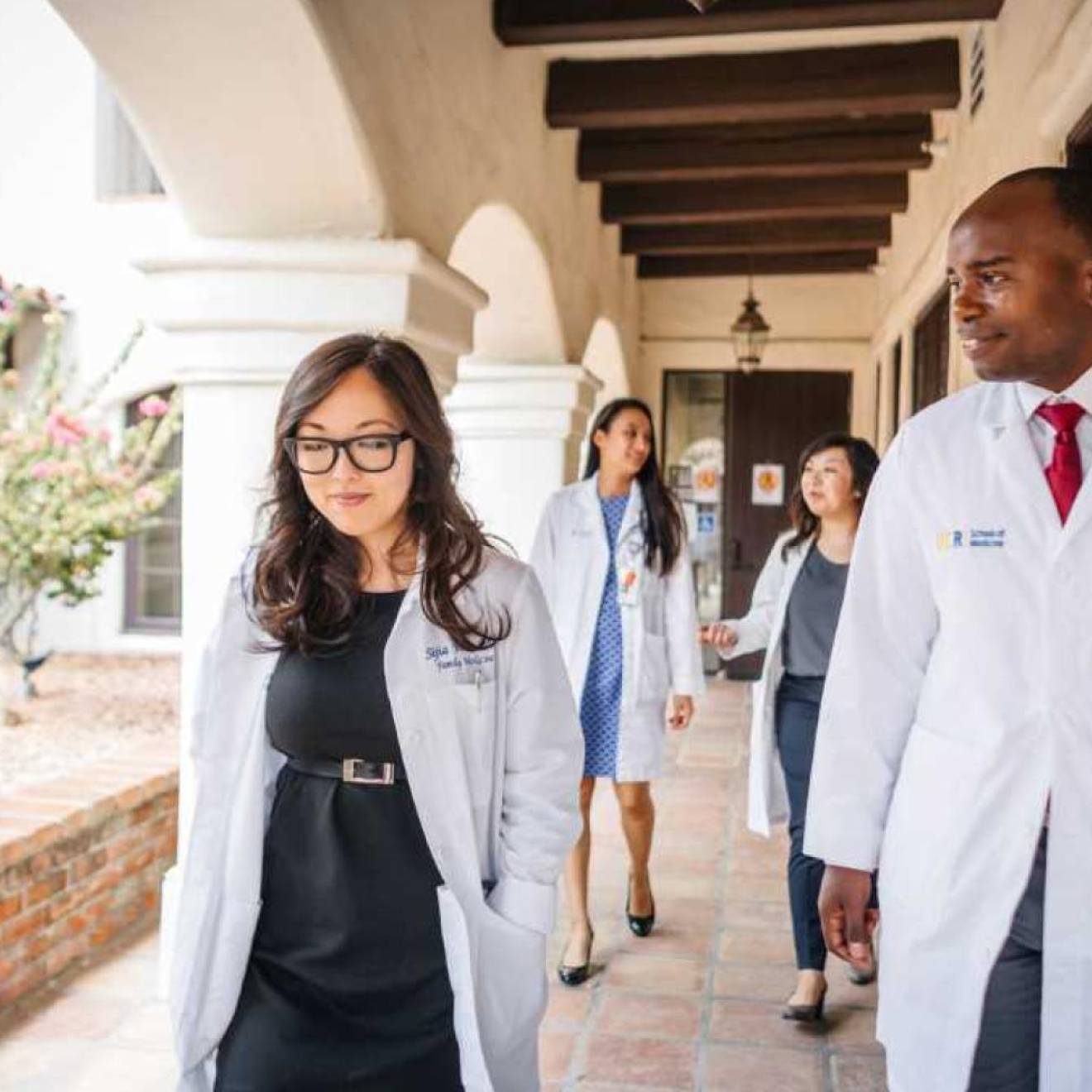Julia Busiek, UC Newsroom
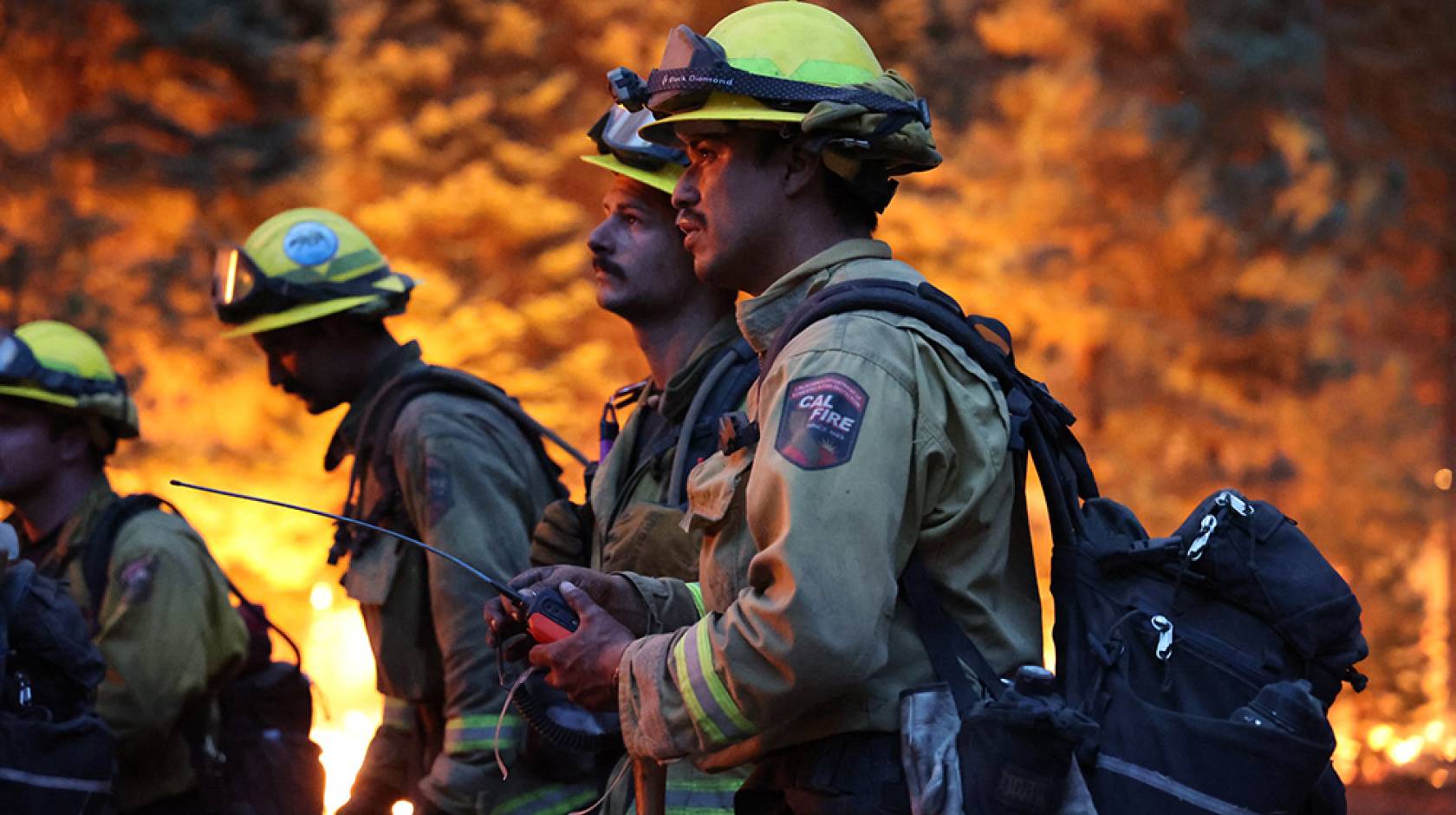
Derek Urwin and his fellow firefighters have a mordant quip about wildland fires that burn into developed areas: “That one took a couple of years off my life.”
“We say it jokingly, to shrug off a hard day’s work,” says Urwin, a Los Angeles County firefighter and adjunct professor of chemistry at UCLA. “But in reality, we can feel it.” He and his colleagues know it’s hazardous to spend day after day breathing in toxic smoke from burned out cars and buildings. They all know mentors who’ve gotten sick in retirement; they know cancer is the leading cause of death for firefighters nationwide.
“Basically, we know it’s bad, but we don’t know how bad,” Urwin says. That’s because most of the data on cancer in firefighters comes from urban areas, where crews wear heavy protective gear and face masks hooked to bulky air tanks, and where fires typically don’t take more than a few hours to extinguish. Not much is known about the long-term health risks of battling wildland blazes. Since they need to be able to move fast over rough terrain, wildland firefighters typically wear just a single layer of fire-resistant clothing and spend weeks at a time on the front lines — often without respiratory protection.
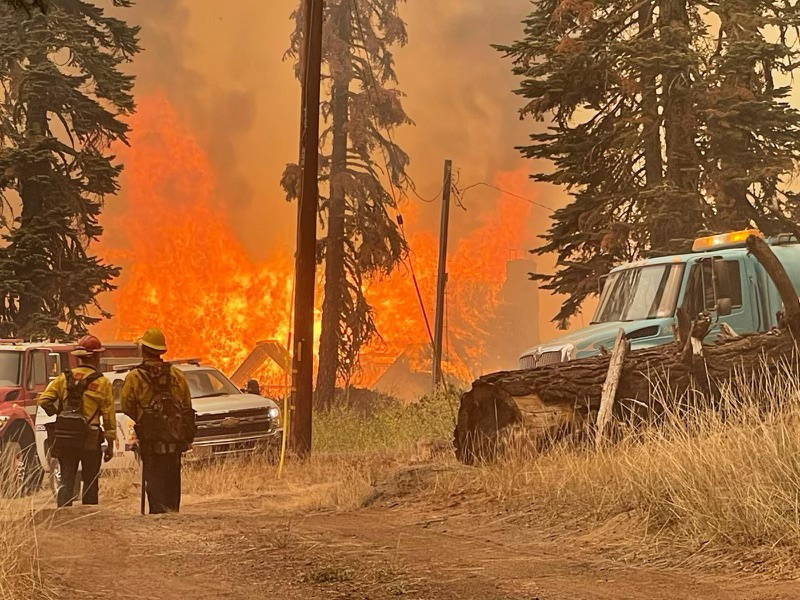
“You can imagine how much more substantial the exposures are in these wildland-urban interface settings,” says Urwin, who went back to school in chemistry at age 35 to tackle the issue of cancer among firefighters and earned his Ph.D. at UCLA last year. As climate change fuels more and bigger fires statewide, he fears the cost to his and his colleagues’ health will only grow. “But in the absence of data, you’re flying blind, and potentially not fixing things that would be easy to fix,” says Urwin.
So he’s teaming up with Shehnaz Hussain, a molecular epidemiologist at UC Davis and researcher at UC Davis Comprehensive Cancer Center, to study cancer-causing conditions among California’s wildland firefighters. Over the next two years, they plan to outfit firefighters with devices that measure levels of airborne carcinogens, to get a better sense of what these firefighters are breathing in while they work. They’ll also collect and analyze wipes that firefighters use to clean the soot off their faces and hands at the of the day to find out what toxins might be absorbed through their skin. And they’ll study biological markers of cancer in the human body and these markers’ association with factors that are thought to raise cancer risk, like irregular sleep, stress and tobacco use.
Hussain and Urwin’s study is one of 38 California Climate Action Grants announced in August as part of a new partnership between UC and the State of California. Using $80M in state funds, UC is administering two-year climate resilience projects in every part of California. Researchers are tackling wildfire, water, health, biodiversity, sea level rise, clean energy and disaster response. And they’re teaming up with experts from California communities on the front lines of climate change to design solutions that will protect people’s health, homes and livelihoods.
“The scale, breadth and immediacy of these grants will transform California’s response to the climate crisis,” said Theresa Maldonado, UC vice president for research and innovation. “Each project was selected because of its potential to get research-based information, practices and resources into the hands of Californians that need it most, and communities will start seeing these tangible benefits within a matter of months.”
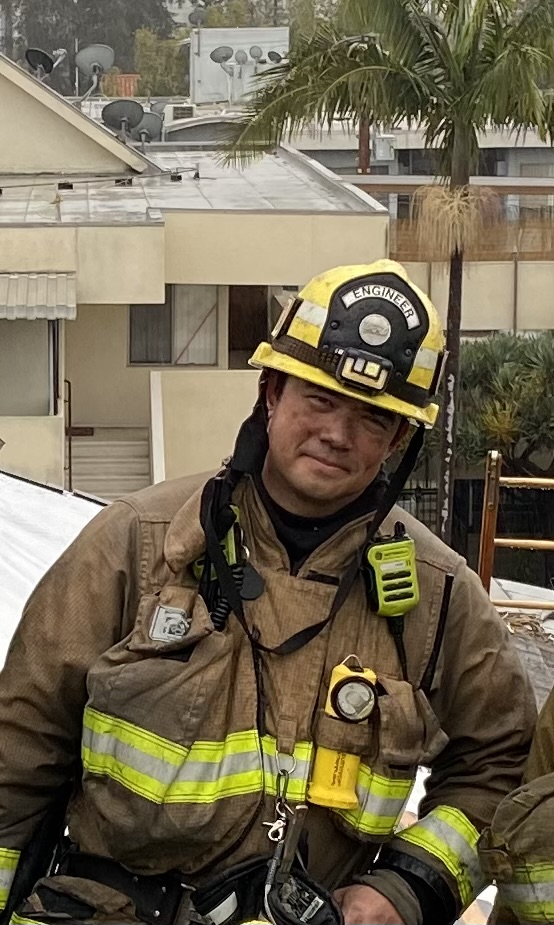
Derek Urwin is a Los Angeles County firefighter and an adjunct professor of chemistry at UCLA.
Read on to learn about some of the other innovative California Climate Action Grants helping California communities cope with the climate crisis.
Restoring Indigenous fire expertise
Climate change isn’t the only thing fueling more devastating wildfires in California. Our wildlands are as flammable as they are today because they’ve seen far too little fire for far too long.
For most of California’s human history, people have set frequent, low-intensity forest fires to clear downed trees and to cultivate useful plants. As Indigenous people were forcibly removed from their traditional territories starting in the 18th century, their knowledge of forest health and fire went with them. And the land’s new occupants — ranchers, loggers, farmers, conservationists and developers — typically did everything they could to prevent fires. As a result, today the state’s forests and grasslands are choked with flammable debris.
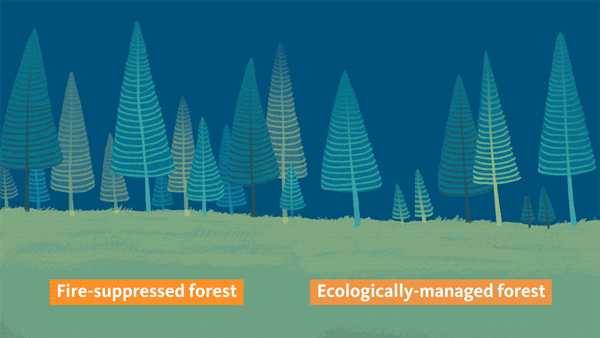
“It takes a crisis for people to wake up to the fact that we need to prepare for these things,” says Peter Nelson, professor of environmental science, policy and management and ethnic studies at UC Berkeley. The crisis in this case is the horrific megafires that have killed hundreds of Californians in recent years. And the wakeup is a growing embrace of controlled fire to try to restore forests so they’re less prone to deadly conflagration.
Talk of returning controlled fire to the land is a good start, says Nelson, who’s Coast Miwok and tribal citizen of the Federated Indians of Graton Rancheria. But Indigenous experts with longstanding knowledge of fire still don’t have much of a say in how the state’s wildlands are managed. Without their leadership and collaboration, controlled fires risk perpetuating the legacies of oppression and injustice that have taken a grave toll on generations of Indigenous people — and that are substantially responsible for the mess our forests are in today.
“California’s wildlands aren’t so wild from an Indigenous perspective. They contain all kinds of gathering places, special places, animal habitat, all the different areas we use in our lives to culturally sustain ourselves with food and traditions,” Nelson says. When those places burn, whether in an out-of-control wildfire or a prescribed fire that doesn’t take these cultural resources into account, “it has dramatic impact on our lives and communities.”
With funding from a California Climate Action Grant, Nelson is researching Indigenous leadership and collaboration on so-called cultural burns around Central California. This summer, for instance, the Federated Indians of Graton Rancheria co-led a burn at Tolay Lake Regional Park in Sonoma County. Tribal experts tailored the fire to benefit plants that its members use for food and ceremonies.
Nelson and his partners will write case studies detailing how tribes, agencies and private landowners are working together in ways that meet tribes’ cultural needs while reducing fire risk for everyone. Then they plan to host a series of workshops and publish reports to share what’s working, in hopes of expanding Indigenous expertise and collaboration statewide.
“Government agencies are overwhelmed” by the urgent task of shoring up the state’s long-neglected wildlands, Nelson says. Land managers throughout the state have agreed on a plan to treat 400,000 acres a year using “beneficial fire” but in 2022 just 150,000 acres saw controlled burns. “If we can get buy-in from landowners, organizations and local communities around Indigenous knowledge and expertise of fire, that’s where we’ll see the scaling up,” Nelson says. “Not from a top-down solution, but from the ground up.”
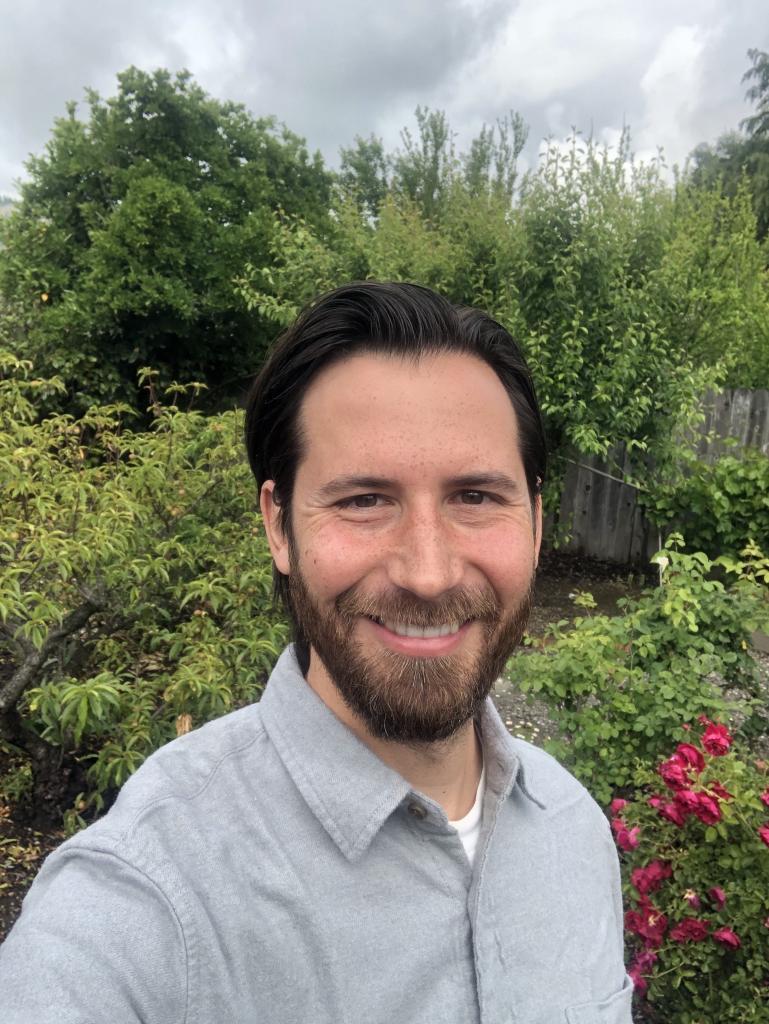
Peter Nelson, professor of environmental science, policy and management and ethnic studies at UC Berkeley.
Measuring farmworker heat stress
2023 has been a year of record-breaking heat in the desert Southwest. But perhaps nowhere has had it worse than Imperial County, a swath of irrigated farmland in the desert east of San Diego. As of early October, the county seat had logged 117 days above 100 degrees. The punishing conditions have hit the county’s agricultural workers especially hard, causing acute heat illness and flaring up cases of asthma and cardiovascular disease.
Today, public health agencies, growers and workers looking to protect themselves from heat don’t have great data to inform changes. The limits are partly systemic: “There’s likely huge underreporting of heat illness, particularly in farmworker communities. We need better documentation of actual heat stress frequency and severity,” says Trent Biggs, a geography professor at San Diego State University.
But current weather models aren’t sensitive enough to account for the variations in cropping patterns and irrigation that render some fields hotter than others. On dangerously hot days, the difference between the shade of an almond orchard and the blazing sun of a vegetable field could mean the difference between discomfort and heat stroke. Changes in water supply has also created more fallowing and other crop changes, which could cause localized warming in the valley by reducing the cooling effects of irrigated plants and their water use.
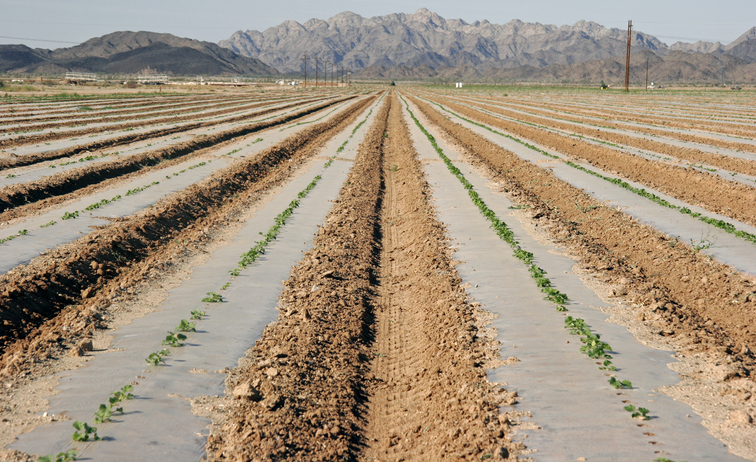
Biggs secured a California Climate Action Grant to quantify and map farmworkers’ exposure to heat in the Imperial Valley. He and his co-investigators plan to use remote sensing and high-resolution climate models to develop more detailed maps of heat risk throughout the year. Partnering with a local farmworker organization, they also aim to outfit farmworkers with sensors that track their heartbeat and core temperatures. “That’ll help us understand, for this type of crop, under this air temperature, this is the kind of physiological stress this person is experiencing,” Biggs says.
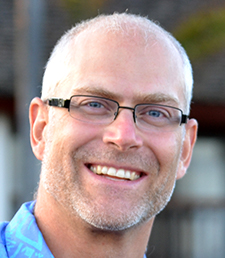
Trent Biggs, professor of geography at San Diego State University, is teaming up with the farmworker advocacy group Lideres Campesinas to understand the shifting risks of heat exposure for Imperial Valley farmworkers.
Armed with this data, Biggs’s team will create and test educational materials to share with farmworkers, growers and county health officials. “Hopefully we can provide more useful information that’s directly relevant for farmworkers’ personal and collective action on mitigating their exposure to heat,” he says.
“There is a higher incidence of heat-related illnesses among farmworkers compared to other occupations,” says Nicolas Lopez Galvez, professor of environmental health at San Diego State who’s partnering on Biggs’s study. “Improving data collection and public awareness within these communities is essential to address this issue effectively.”
Growing youth climate leaders in Oakland
Interstate 880 parallels the San Francisco Bay shoreline through the flatlands of Oakland, cutting through a patchwork of warehouses, industrial facilities and residential neighborhoods. It’s the Bay Area’s busiest freeway for truck traffic, serving the West Coast’s third biggest port. And the people who live nearby — most of them Black and Latino and low-income — breathe some of the Bay Area’s most polluted air, contributing to higher rates of asthma, lung cancer, stroke and heart disease than in more affluent parts of the city.
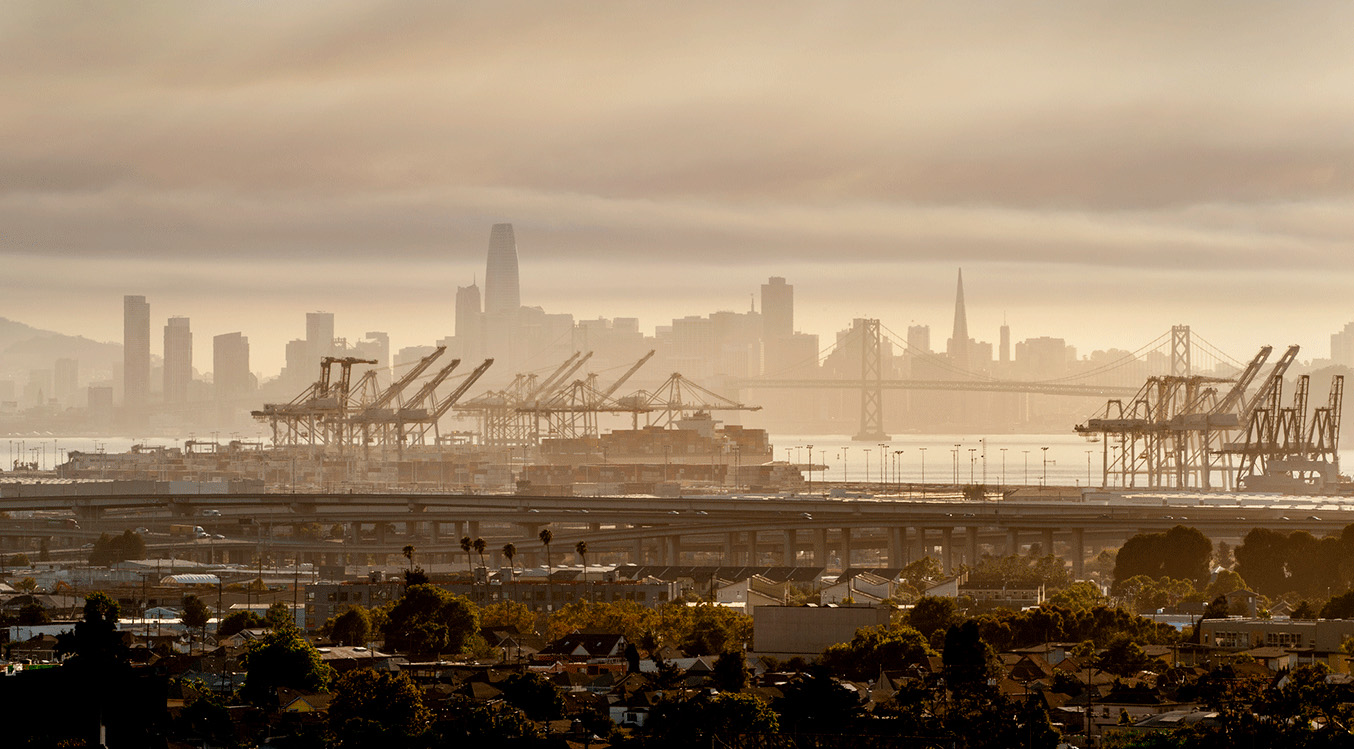
Xochitl Cortez says students in these neighborhoods might learn about the science of climate change and air pollution in school. But they don’t have as much opportunity to study the social and historical roots of these disparities. “For whatever reason, these conversations are not happening as much in communities of color, the frontline communities most impacted by climate change,” says Cortez. She’s a community organizer who grew up in the Oakland flatlands and now directs Frontline Catalysts, a nonprofit dedicated to developing youth environmental justice leaders.
Aging infrastructure and economic inequalities compound residents’ climate and environmental burdens, says Tony Marks-Block, a professor of anthropology at California State University, East Bay. “The housing stock in this area is disproportionately older, and the majority of residents are renters or tenants, and thus have less ability to enact climate resiliency measures,” like installing air conditioners or maintaining street trees that provide cooling shade and filter air pollution.
Marks-Block and Cortez are partnering on a project that will empower youth living alongside the I-880 to do their own research — and come to their own conclusions — on pollution and climate resilience in their communities. The project, which secured a $2 million climate action grant from UC, will train 400 middle and high schoolers to assess environmental conditions like indoor environmental quality, mold and HVAC systems in their homes and schools. Then the students will come up with recommendations for boosting environmental and climate resilience around their neighborhoods and present their findings to local elected officials.
Marks-Block says that the City of Oakland doesn’t keep track of indoor environmental quality in homes or schools, so the findings will fill a critical gap in public health data. And he’s optimistic that the project will help build political muscle and prepare Oakland youth to fight for the changes their communities need.
“So it’s not just an education in climate science,” Marks-Block says. “We also hope that through youth participatory action research, young people are able to learn more about how change occurs at the political level.”
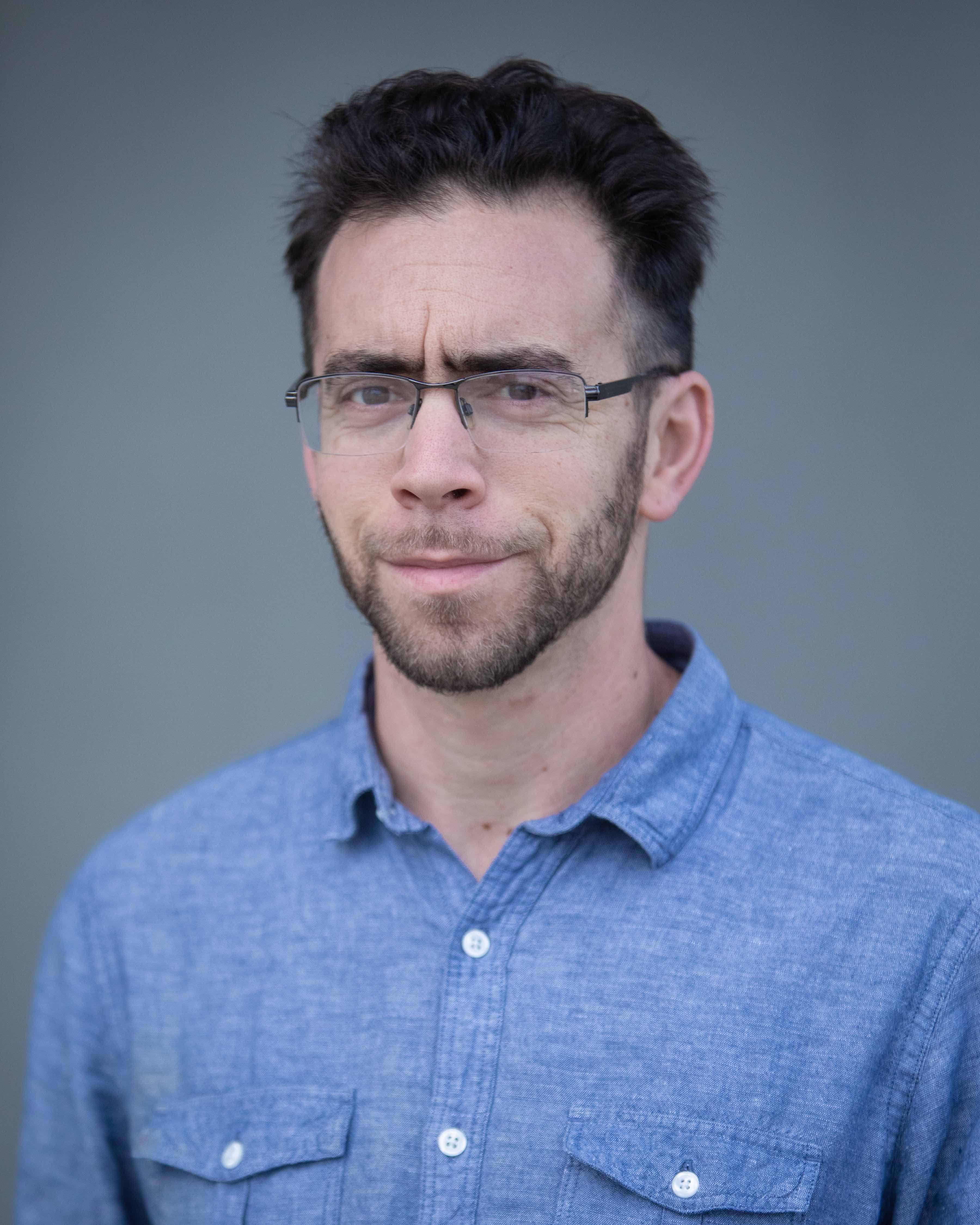
Tony Marks-Block, assistant professor of anthropology at California State University, East Bay.
